EGYPT – CAIRO JUNE 2024
A quick week in Cairo using up a few bonus points courtesy of a credit card. I first visited Egypt around 25 years ago for a trip down the Nile. This was so long ago that it is not mentioned on this blog, but certainly included the full distance down to the Aswan dam via such delights as Edfu, Luxor, Karnak, the Collossi of Memnon, Thebes, and the Hatshepsut temple, as well as the spectacular Valleys of the Kings and Queens with their amazing underground tombs.
On this trip we stay at the excellent Dusit Thani Hotel. It’s only really about 20 minutes from the airport, but with a population of 20m+, Cairo’s traffic is chaotic and unpredictable, so this can take an hour. We arrive at an apparent oasis with a large pool edged by soothing palm trees. The first ever tourism began in Egypt, with the main history of the country beginning around 3,000 BC. Alongside all their internal struggles, they have been invaded by pretty much everyone including the Persians, the Ottomans, Greeks, Romans, French, British and more.
After two days’ rest, we declare an international day of culture, embarking on a day trip taking in Saqqara, Giza and the original Egyptian Museum in the centre of town. Saqqara is stunning and there is barely anyone there – perhaps 10 people in 7 square miles. The mastaba of Ti is a beautiful tomb of a high-ranking official filled with impressive carvings. Such tombs were houses for the afterlife, filled with possessions and wall paintings of their lifetime achievements. The step pyramid of Djoser is the oldest known, pre-dating the modern classic straight line pyramids most people know. Impressive statues and architecture are enhanced by underground experiences showing walls made of translucent alabaster and original murals still in colour. Emerge blinking into the light and 40-degree heat for the full experience.
Up on the Giza plateau they have done a pretty good job of tidying the place up. There are new buildings and roads, a fleet of staff removing camel dung from the roads, and the hawkers are not as troublesome as feared. The pyramids are breathtaking to stand beneath, with each individual block weighing 2.5 tons. Thankfully climbing them is now forbidden and by all accounts the tops are covered in graffiti. One man carved a suicide note and then jumped off. The Sphinx is strangely smaller than expected and in a bit of a state, but nonetheless commanding as a guardian of this grand funerary complex.
And finally on to the original Egyptian museum, a pink stone building just off the Nile built by the Frenchman Auguste Mariette (1821-81). It contains a replica of the Rosetta Stone which cracked the code on what the Pharoah’s hieroglyphics meant, hundreds of statues of Ramesses II, who carved his name on every statue he came across, and hundreds of other fascinating artefacts. Top of the list in our book was the Tutankhamun exhibition containing two of his four gold sarcophaguses and his famous gold funerary mask, and a series of mummies, many of them animals. A couple of interesting factoids here. The reason why the majority of King Tut’s trappings were gold is that he died suddenly aged 19, so there wasn’t time to spend years preparing rock carvings – a lucky development for Howard Carter who discovered the tomb. And the reason why their faces were covered by masks was so that their returning spirits could recognize which body was theirs in the afterlife. With our minds full of enough information to fail a history exam comprehensively, we return to the hotel for a well-earned beer and swim.
For history, you have to score Egypt 10 out of 10. For other aspects such as service, crowding and infrastructure, 7-8.

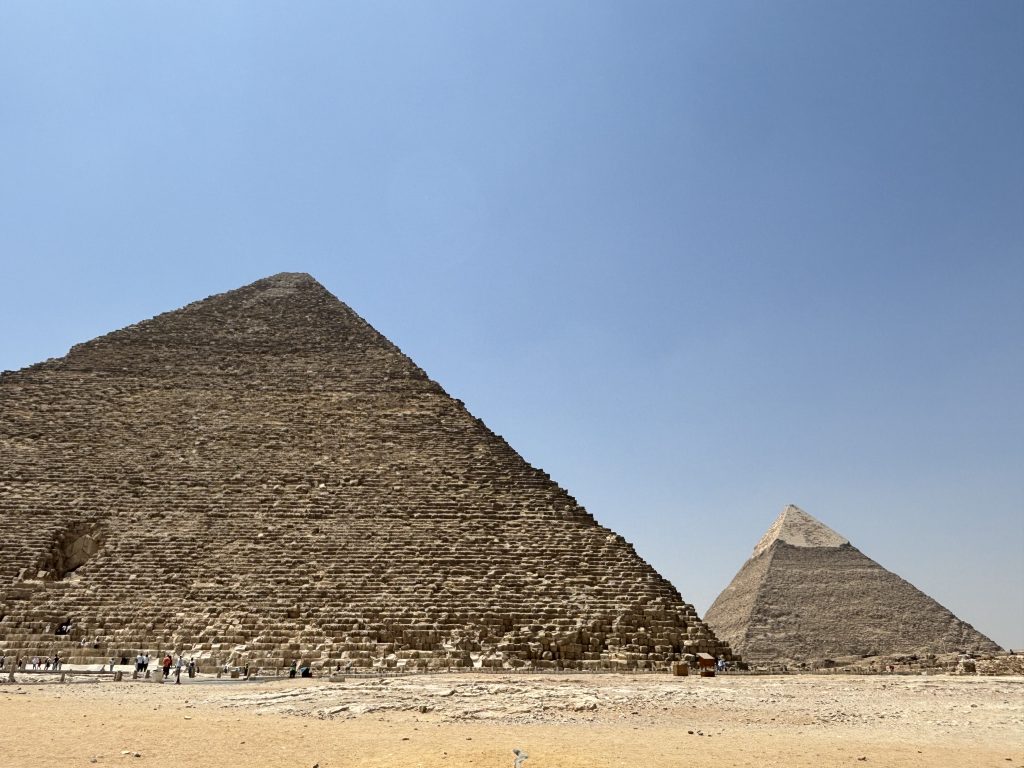
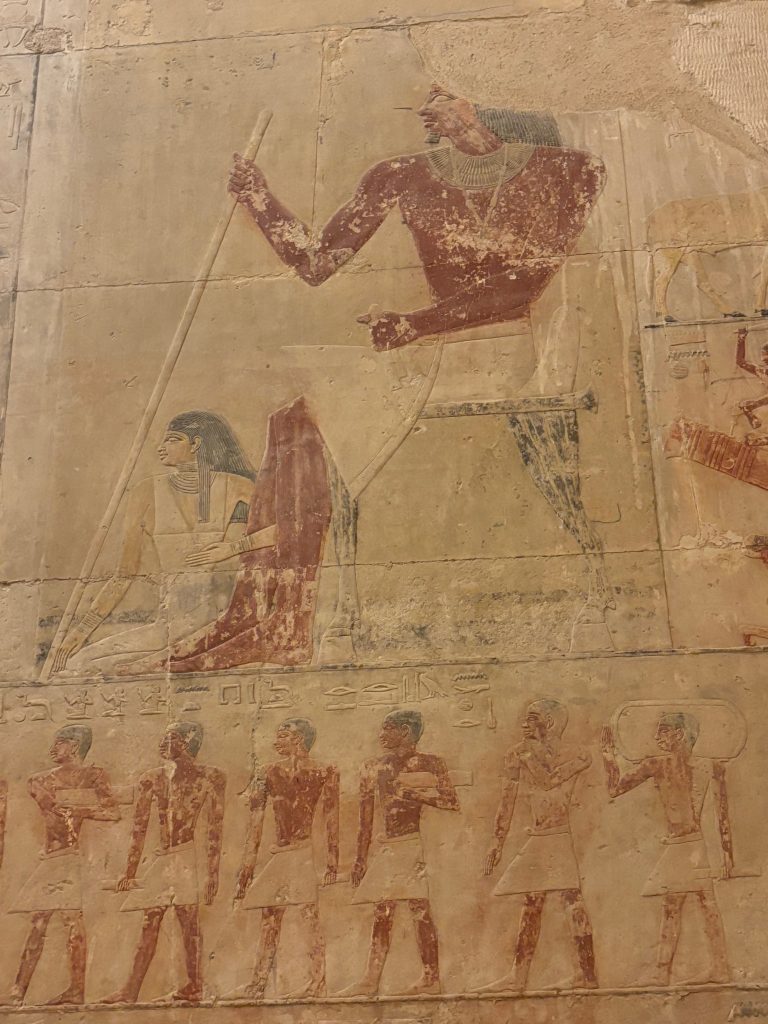
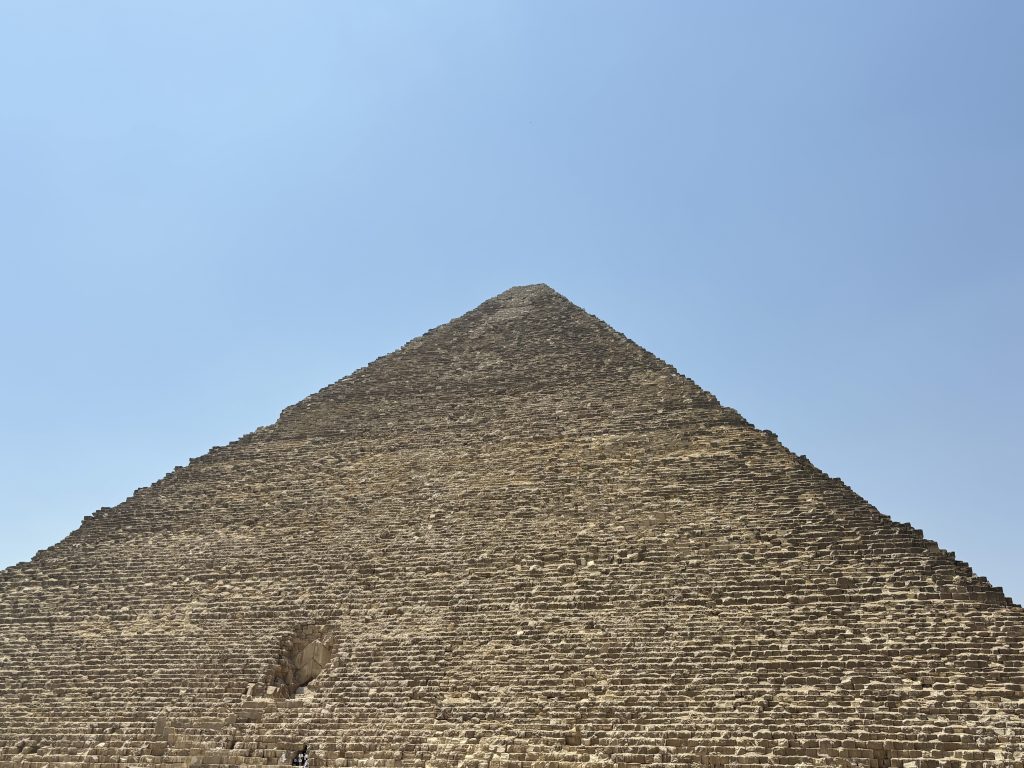
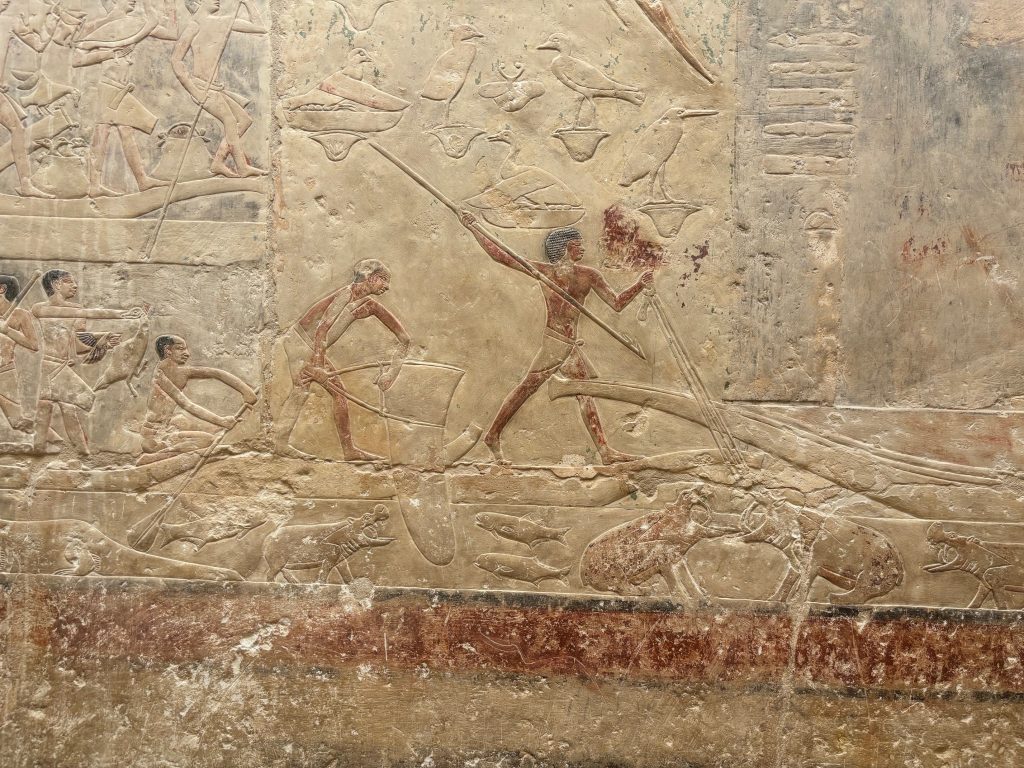
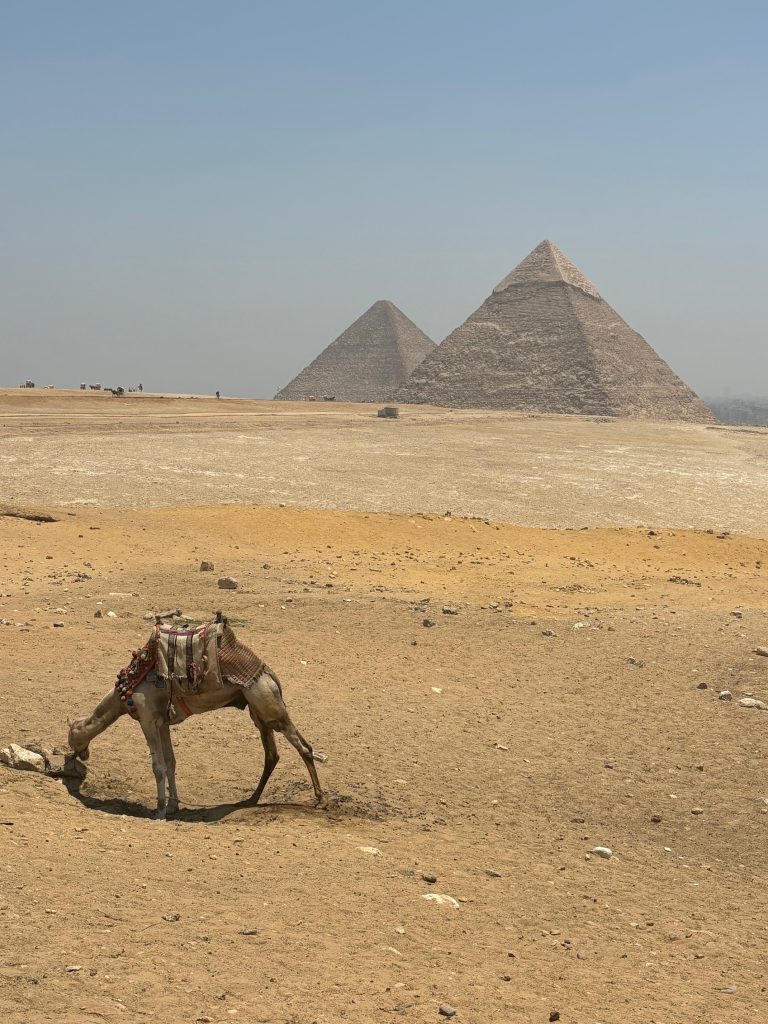
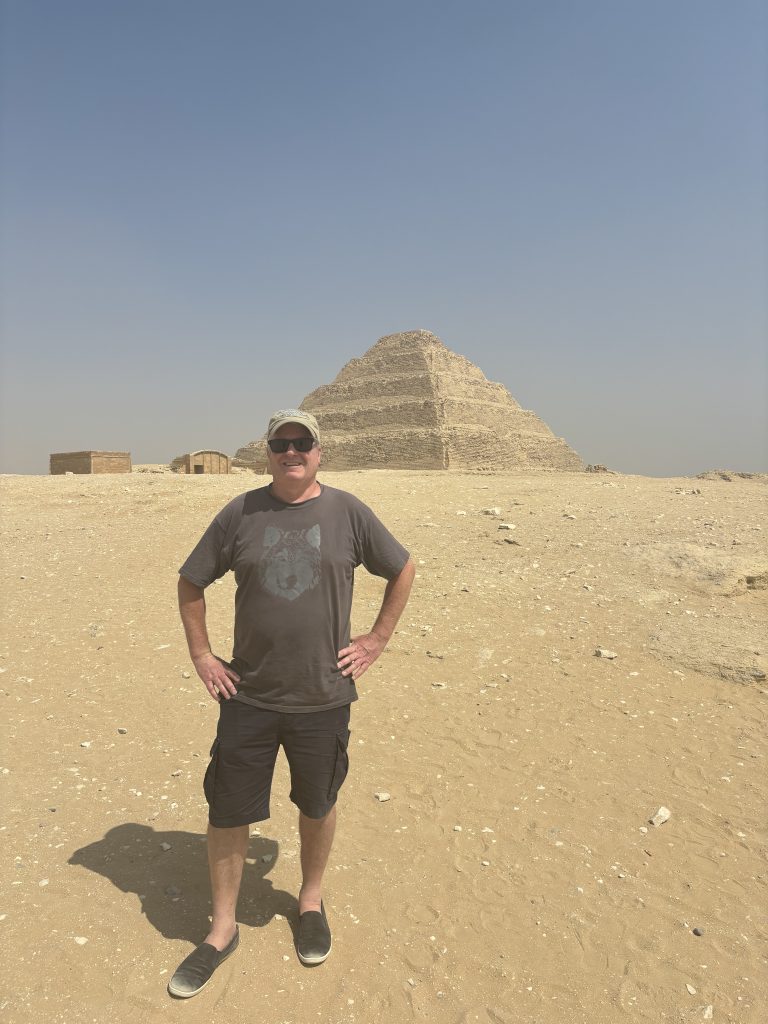
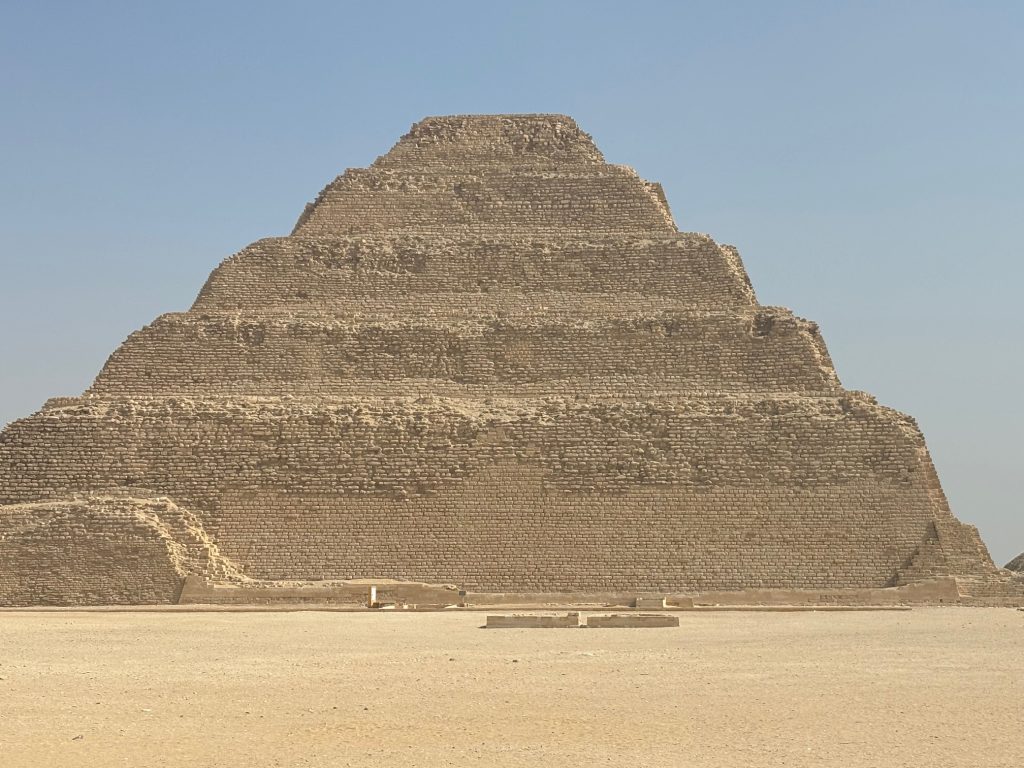
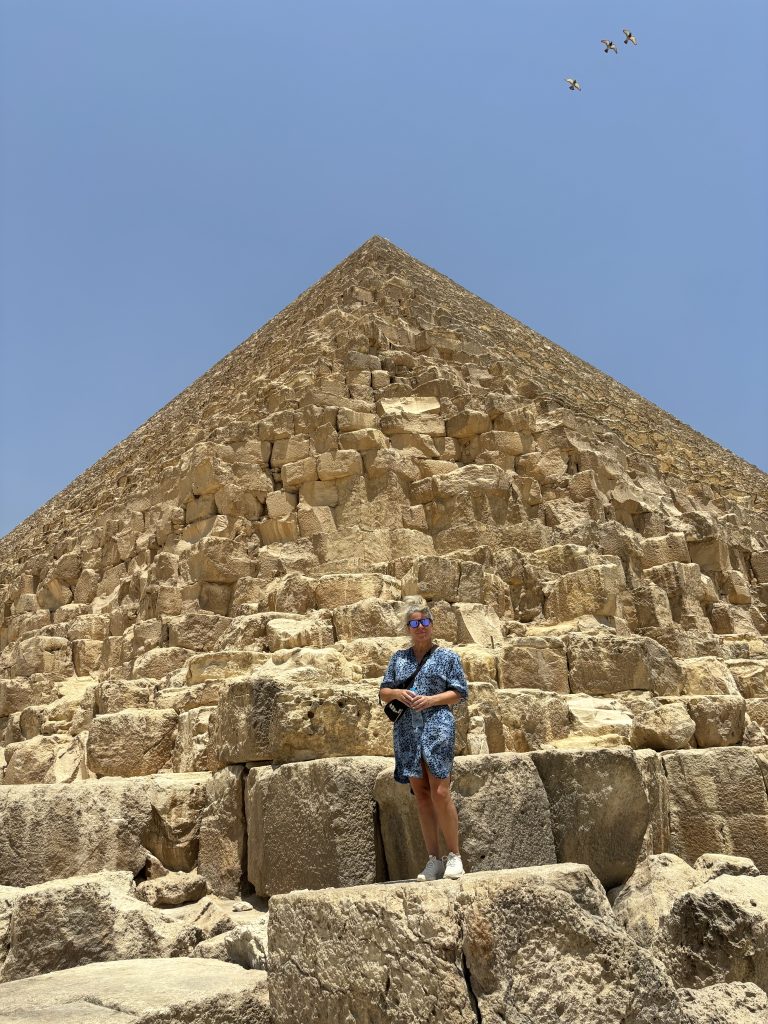
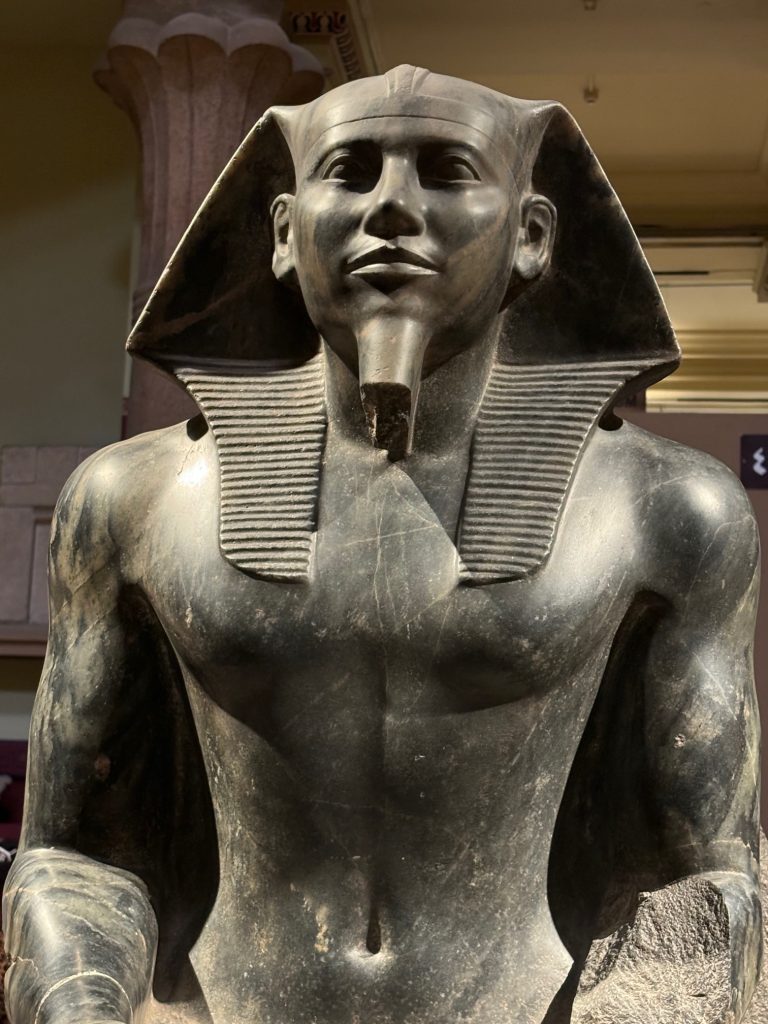
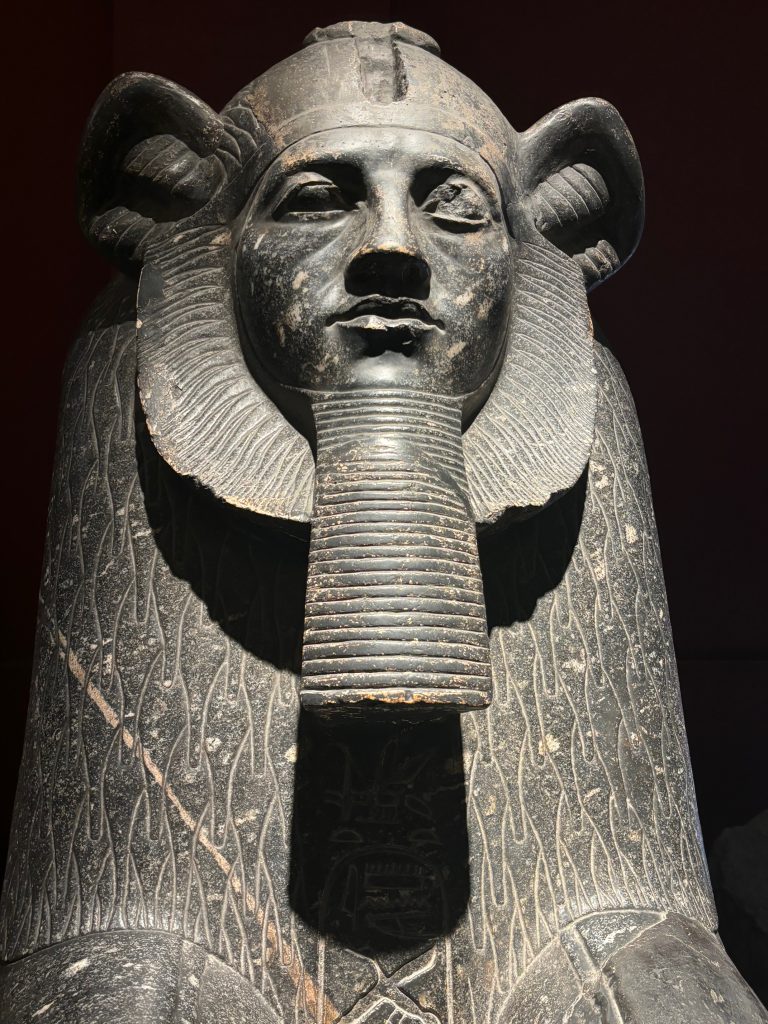
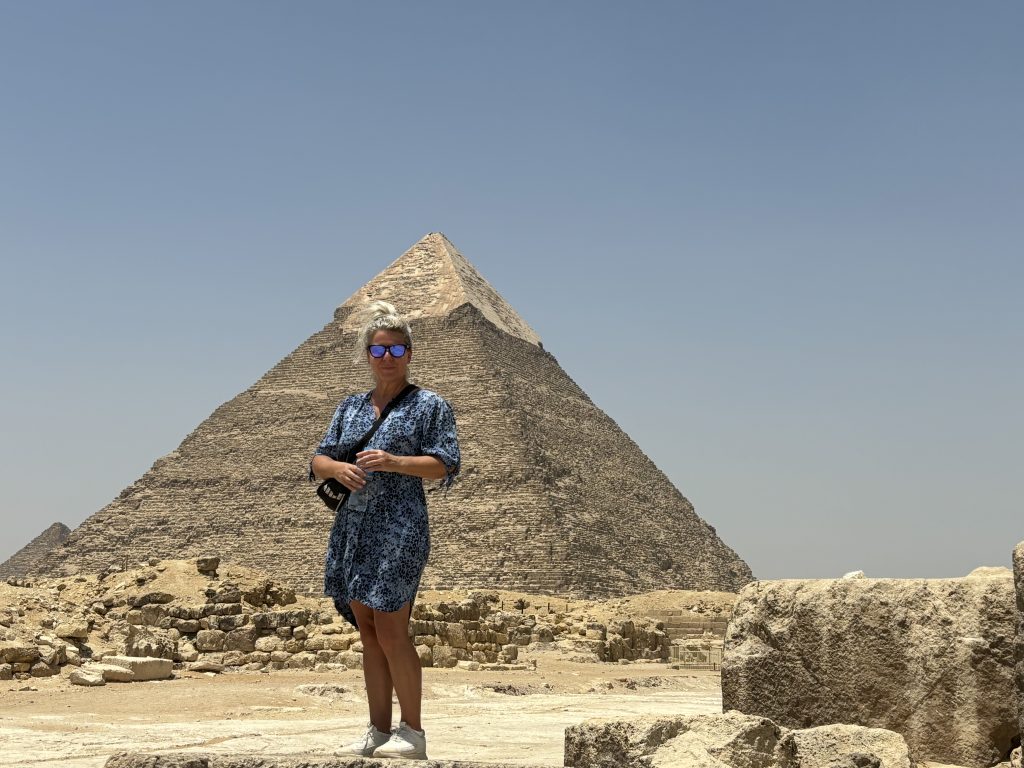
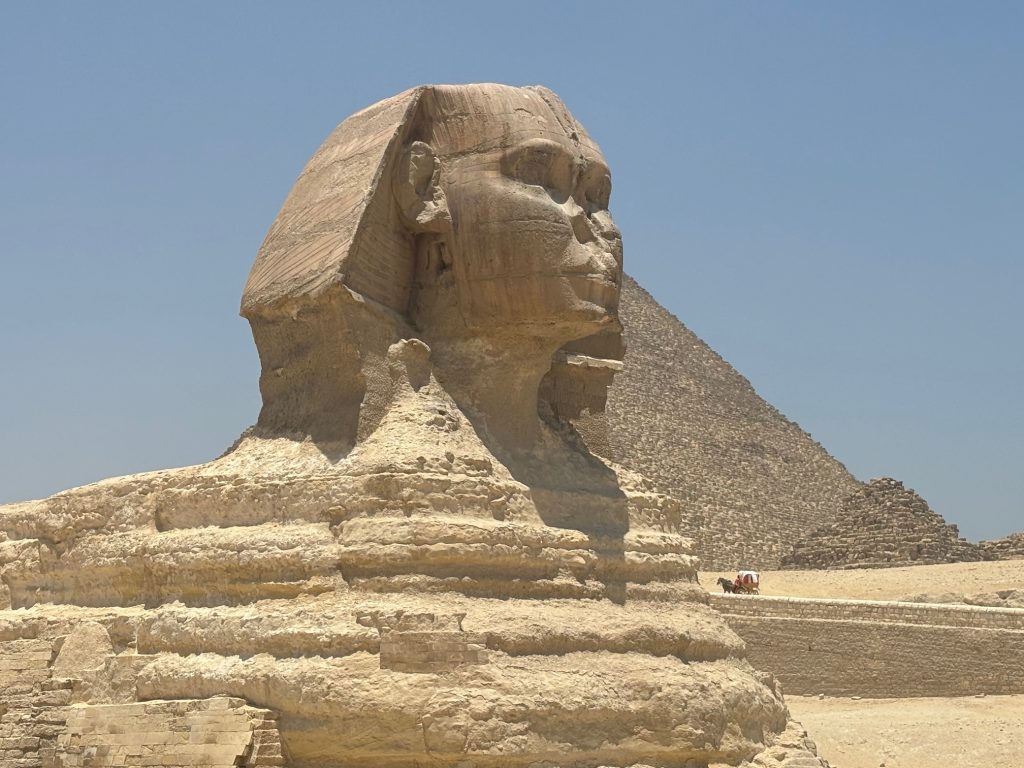
Leave A Comment